- Pine Cliff Resort
- Campgrounds & RV Parks
- Arizona
- Maricopa County
- Cave Creek
- Campgrounds & RV Parks in Seven Springs
- Civilian Conservation Corps Campground
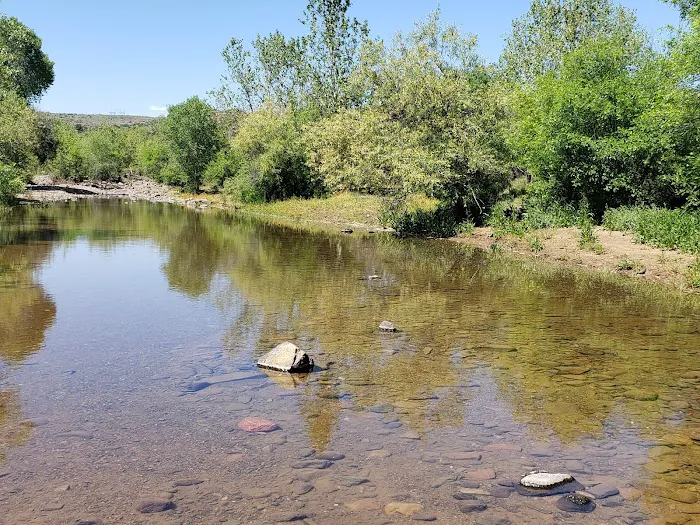
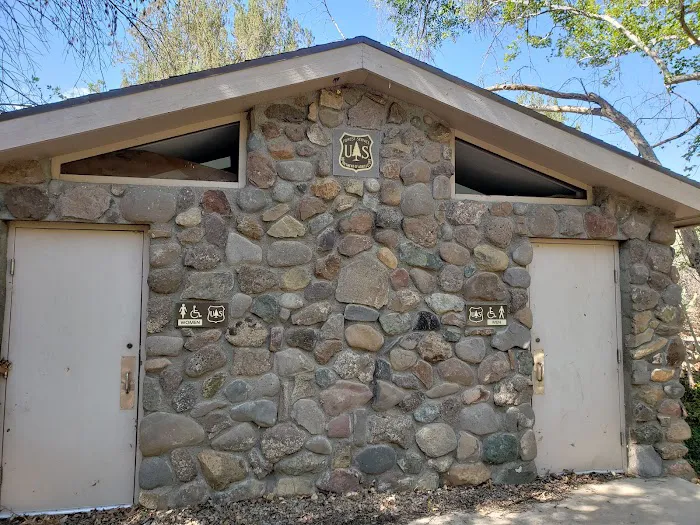
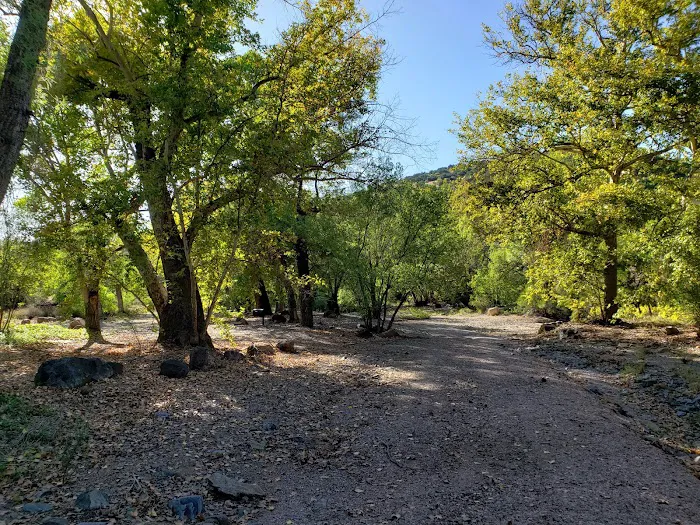
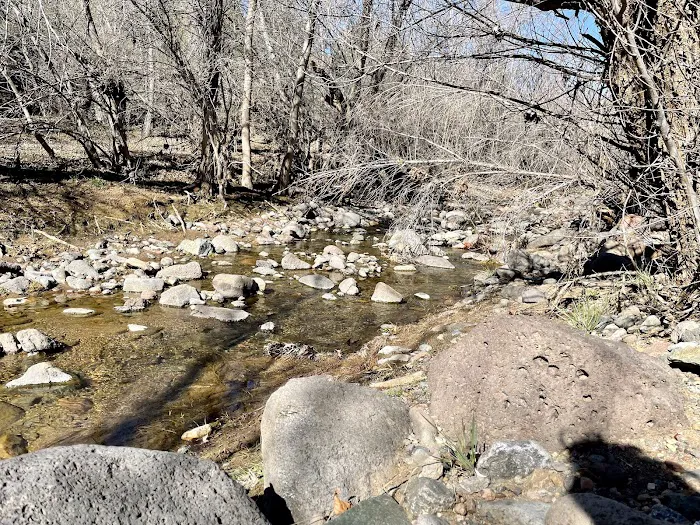
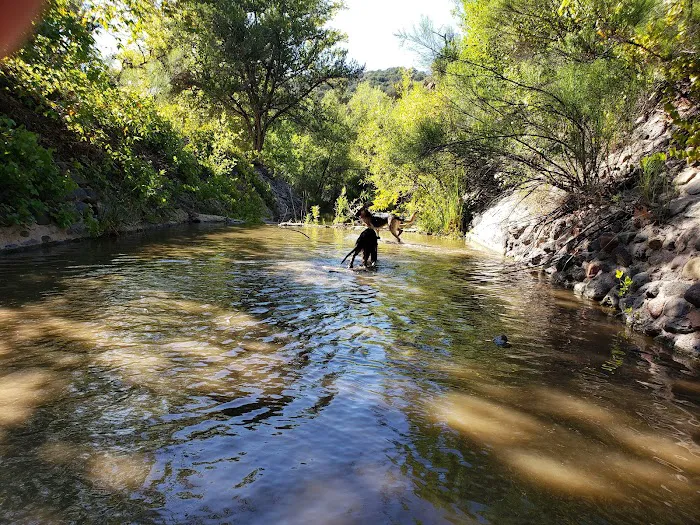
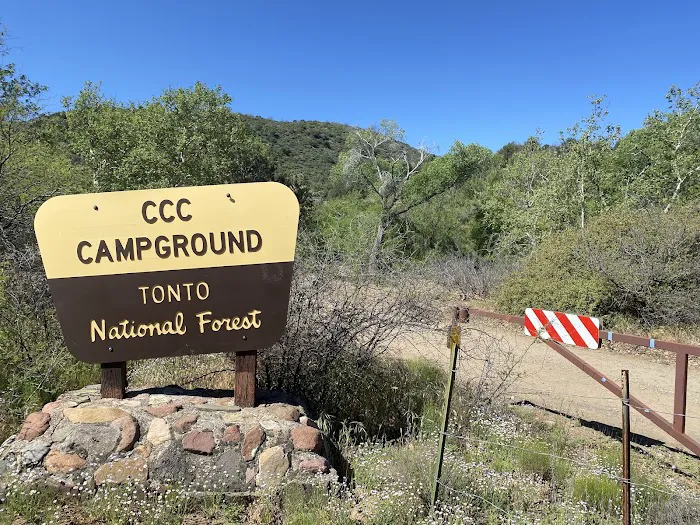
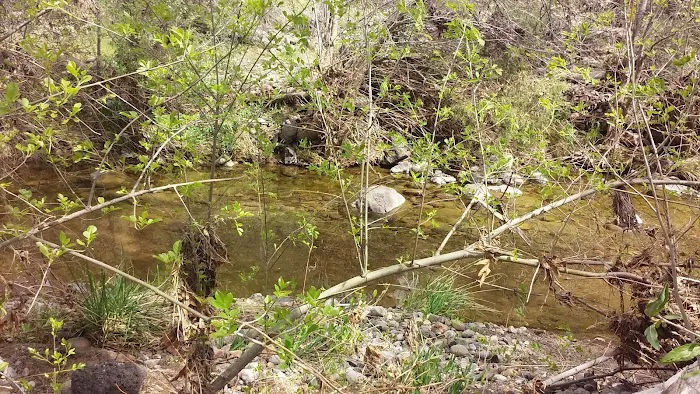
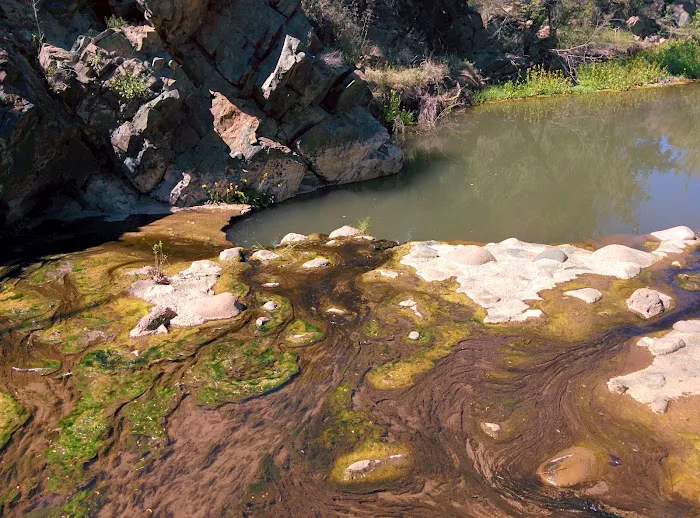
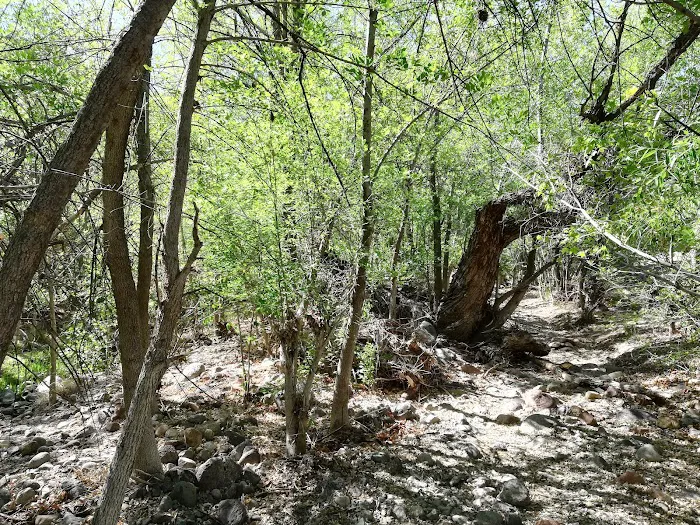
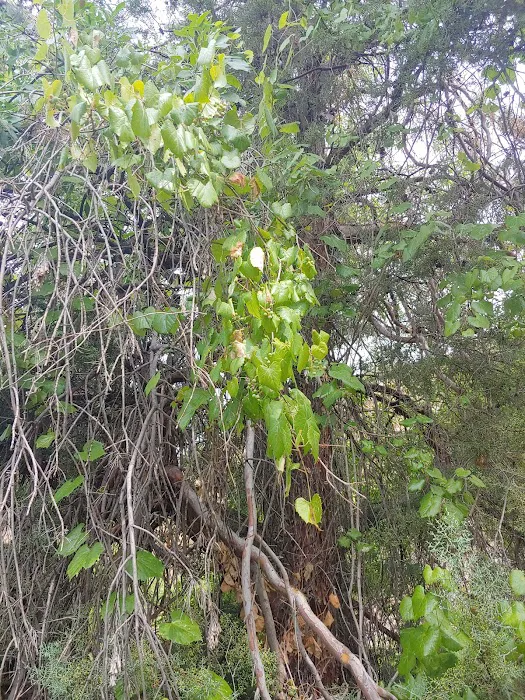
Civilian Conservation Corps Campground Introduce
The Civilian Conservation Corps (CCC) Campground is more than just a place to pitch a tent or park an RV; it's a living testament to a pivotal period in American history, embodying the spirit of conservation and hard work that defined the Civilian Conservation Corps during the Great Depression. Operating within the Campgrounds & RV Parks category, this campground offers not only a serene natural escape but also a unique opportunity to connect with the significant legacy of the CCC, a program that transformed America's public lands and provided invaluable employment during a time of great need. These campgrounds are often found in national forests or state parks, areas where the original CCC enrollees meticulously worked to build trails, infrastructure, and facilities that continue to serve the public today. Each Civilian Conservation Corps Campground carries a unique character, shaped by its specific geographical location and the projects undertaken by the CCC in that region.
The environment of a Civilian Conservation Corps Campground is typically characterized by the natural beauty and rugged landscapes that the original CCC members helped to develop and preserve. For instance, a CCC Campground in Arizona, often nestled within the Tonto National Forest, offers a picturesque setting with spread-out campsites shaded by large sycamore trees. This particular location is popular for birdwatching, with the nearby Cave Creek Trailhead providing access to the rich Cave Creek Riparian Ecosystem. The diverse flora and fauna contribute to a vibrant natural experience. In contrast, a CCC Campground located in the Badlands of North Dakota, within the Dakota Prairie National Grasslands, presents a dramatic landscape of colorful buttes. Here, visitors might encounter pronghorn, mule and white-tail deer, and on rare occasions, even bighorn sheep grazing in the area. These environments are often ideal for birders and plant enthusiasts, especially during the spring and summer months, but offer year-round appeal for outdoor adventurers. The enduring legacy of the CCC's work, such as planted trees and developed trails, enhances the natural environment, providing a framework for modern-day recreation while honoring the historical context. The landscapes are generally rugged, inviting exploration, and offer a sense of wildness that is increasingly rare.
Services at Civilian Conservation Corps Campgrounds are generally geared towards providing a foundational camping experience while reflecting the historical nature of the sites. While specific amenities can vary by location, common services include well-spaced campsites, often featuring picnic tables and firepits with cooking grates, suitable for both tent and RV camping. Some locations, like the one in North Dakota, may offer RV electric hookups, providing a level of modern convenience. However, it's important to note that many CCC Campgrounds, particularly those maintaining a more rustic or historical feel, might operate on a first-come, first-served basis, requiring visitors to physically arrive to purchase and claim a site. Payment methods can be modern, with options such as scanning QR codes via mobile apps for payment, especially in areas with limited cellular service. Access to clean water, though sometimes limited to specific spigots or hand pumps, is usually available. Restroom facilities can range from vault toilets to more developed flush toilets, depending on the specific campground's infrastructure. While not typically offering extensive retail operations like large RV resorts, these campgrounds may be in proximity to small towns where essential supplies can be procured. The emphasis is on facilitating outdoor immersion, often with a focus on self-sufficiency and appreciating the natural surroundings.
The features of Civilian Conservation Corps Campgrounds are deeply intertwined with their historical origins. The very layout and infrastructure of these campgrounds often bear the hallmarks of CCC workmanship, with structures, trails, and roads built by hand during the 1930s. This "parkitecture" often blends seamlessly with the natural environment, using local materials and traditional building techniques. The presence of large, mature trees, often planted by CCC enrollees, provides ample shade and contributes to the serene atmosphere. Many campgrounds offer direct access to extensive trail networks, which were often originally constructed or improved by the CCC, providing opportunities for hiking, biking, and wildlife viewing. For example, the CCC Campground in North Dakota provides access to sections of the 150-mile Maah Daah Hey Trail, as well as shorter loops like the Sunset Loop. Equestrian loops may also be available at some locations, catering to horseback riders. The historical significance itself is a major feature; visitors are camping in areas directly impacted by one of America's most impactful conservation programs. Interpretive signage or nearby visitor centers may provide historical context, detailing the work of the CCC and the profound impact they had on the development of national and state parks. The relatively primitive nature of some of these campgrounds can also be seen as a feature, offering a more authentic and less commercialized camping experience, allowing for a deeper connection with nature and the historical context of the site. This focus on natural beauty and historical preservation distinguishes them from more commercially-driven campgrounds.
Promotional information for Civilian Conservation Corps Campgrounds often highlights their unique blend of natural beauty and historical significance. While extensive marketing campaigns may not be as prevalent as for larger, privately-owned resorts, information is readily available through national park service websites, state park sites, and platforms like Recreation.gov. These platforms provide details on specific campground amenities, operating seasons, and reservation policies (or lack thereof, if they are first-come, first-served). Promotional messaging often emphasizes the opportunity for quiet reflection, connection with nature, and a tangible link to American history. Travelers seeking a more authentic and less crowded outdoor experience are often drawn to these sites. Seasonal considerations are frequently noted, advising visitors on the best times for specific activities like birdwatching or hiking, and preparing them for potential weather conditions. While explicit "sales" or "discounts" in the commercial sense are less common for publicly managed campgrounds, the value proposition lies in the affordable access to well-maintained natural areas with a rich historical narrative. Information may also highlight nearby attractions, such as national parks (e.g., Theodore Roosevelt National Park near the North Dakota CCC Campground), wilderness areas, or local towns for supplies, enhancing the overall appeal of a stay. Potential visitors are encouraged to consult official sources for the most accurate and up-to-date details on availability, fees, and specific regulations, ensuring a well-planned and enjoyable visit to these historic and beautiful outdoor destinations.
Details
Highlights
- Picnics
Activities
- Hiking
Amenities
- Picnic tables
- Public restroom
- Restroom
- Running water
- Tent sites
Children
- Good for kids
- Kid-friendly hikes
Parking
- On-site parking
Pets
- Dogs allowed
Location
ArizonaMaricopa CountyCave CreekSeven Springs
Customer Reviews
Camped here for two nights (Saturday and Sunday). The spots are nicely separated with picnic tables, and some are next to the creek. A few spots had grills, some just rock fire rings. It is fairly quiet but you can hear the ATV’s, and some road noise from other vehicles during the day. There are vault toilets. No potable water. It is a long and bumpy ride in, but it was worth it. I really enjoyed the stay and felt safe.
Very peaceful area. 10 degrees cooler than the valley. PS if you find wandering dogs with tags, they belong to the ranch. Marg specifically, she's a little hound dog, very friendly she came to eat and play. She's no dummy 🤣
Arrived at dusk and hiked down the creek through the trees. It wasn't crowded and with the leaves turning colors, was beautiful. Great time of year to go.
Nice place rather close to town if you just want to hang out for the weekend. Be advised that, while there is a small stream running through the area you will need to bring your own water with you there unless you want to filter or boil it. Also, there were a million side-by-sides and motorcycles that race up and down the area near the campground. Decent scenery, some nice hikes. All close to town.
Beautiful area one major site is closed
More Places to Explore Nearby
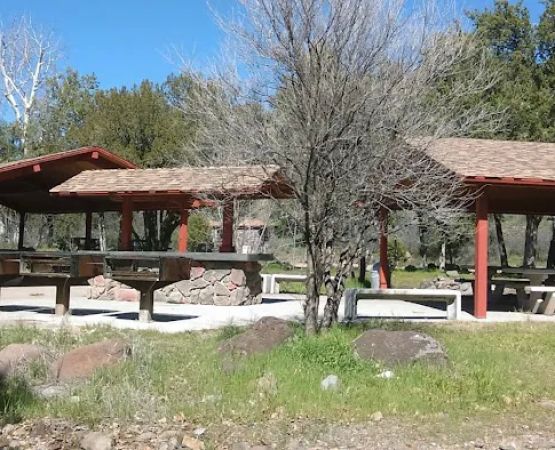
Cave Creek Group Campground
Cave Creek Group Campground, 32nd street, carefree highway, Cave Creek, AZ 85331, USA
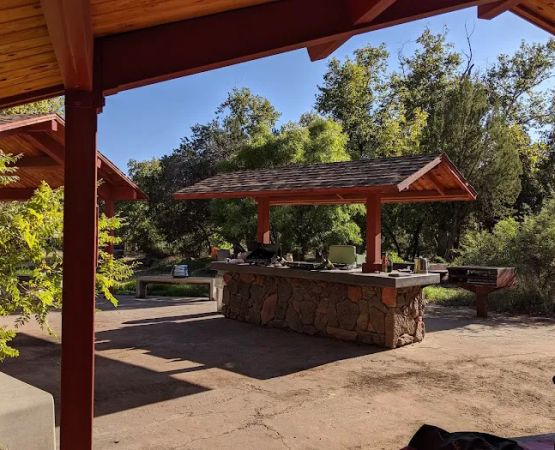
Cave Creek Group Campground
32nd street, carefree highway, Cave Creek, AZ 85331, USA
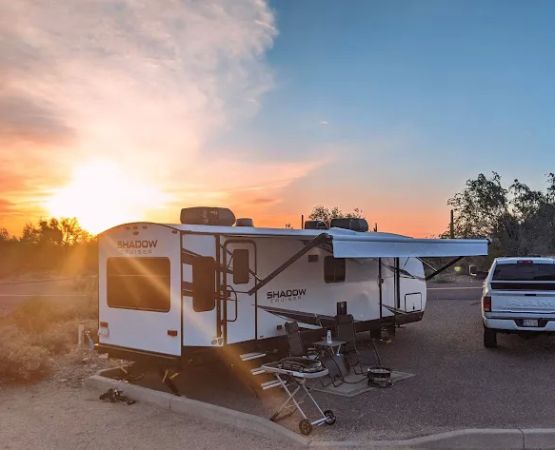
Cave Creek Regional Park Campgrounds
E Olivine Ave, Cave Creek, AZ 85331, USA
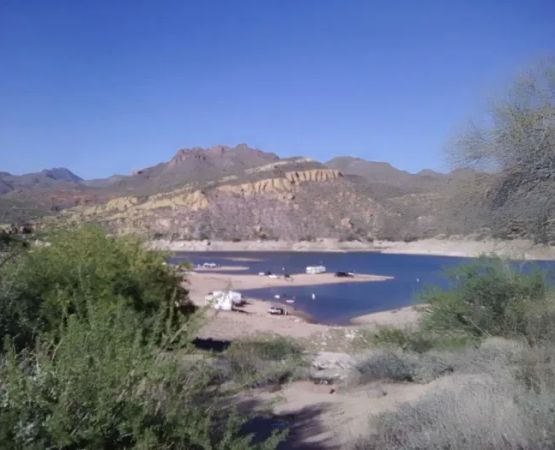
SB Cove
Bartlett Dam N, Rio Verde, AZ 85263, USA
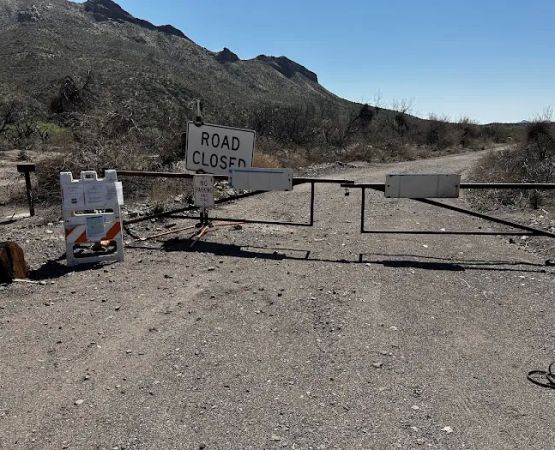
Riverside Campground
4340 E Indian School Rd, Phoenix, AZ 85018, USA
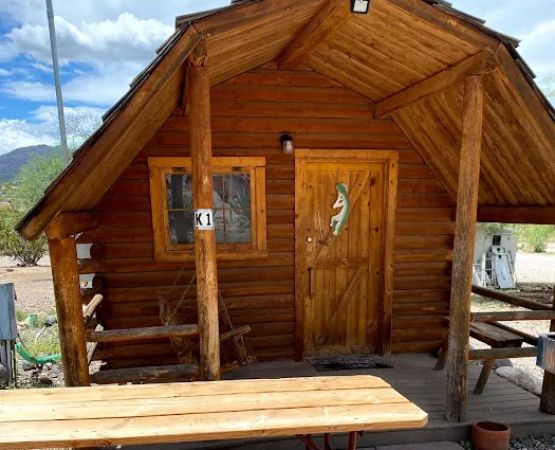
Black Canyon Campground
19600 E St Joseph Rd, Black Canyon City, AZ 85324, USA
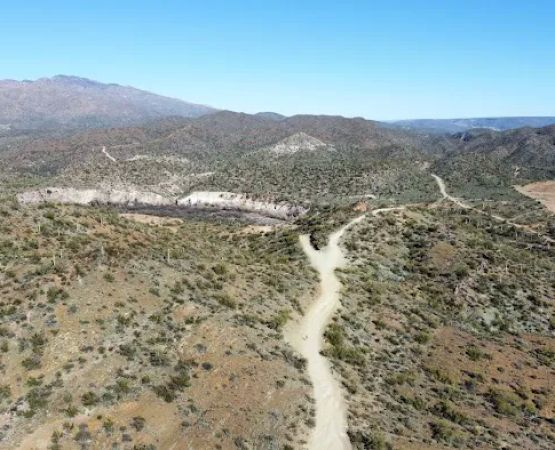
Little Pan Staging Area
Table Mesa Rd, New River, AZ 85087, USA
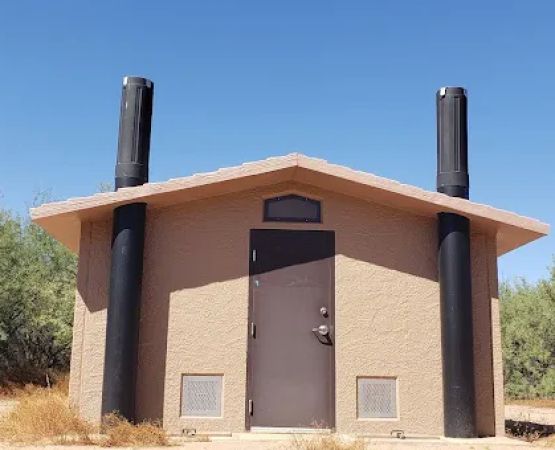
Box Bar Recreation Area, Tonto National Forest
Box Bar Rd, Rio Verde, AZ 85263, USA

Youth Group Area
Scout Camp Dr, Rio Verde, AZ 85263, USA
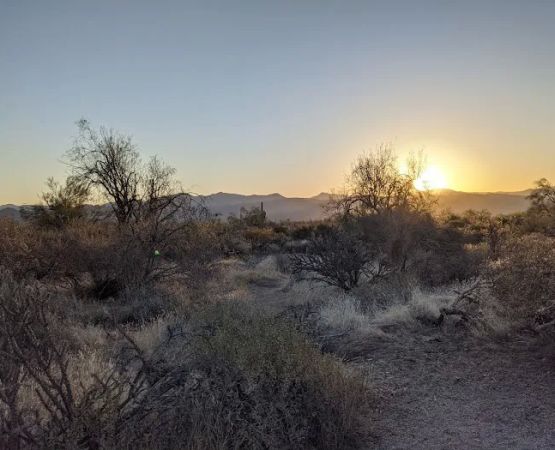
Ironwood Picnic Area and Campground
Lousley Dr N, Fort McDowell, AZ 85264, USA

Rowland Campground At McDowell Mountain Park
Whitehead Way, Scottsdale, AZ 85262, USA
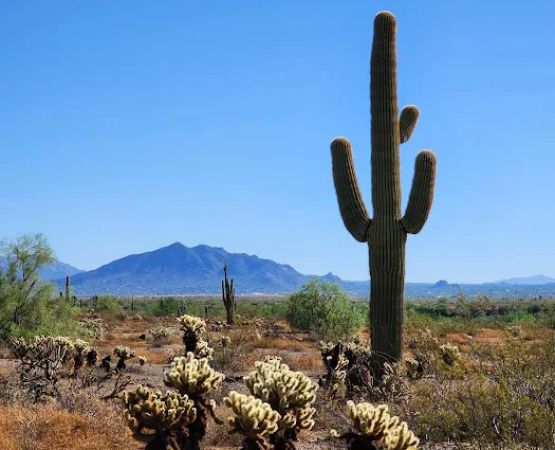
Sonoran Preserve -Desert Vista Trailhead
1600 East Sonoran Desert Drive, Phoenix, AZ 85085, USA
Categories
Popular Campgrounds & RV Parks
 Countryside Campground4.0 (73 reviews)
Countryside Campground4.0 (73 reviews)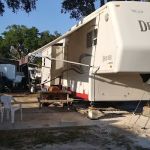 Olde Mill Stream RV Resort4.0 (163 reviews)
Olde Mill Stream RV Resort4.0 (163 reviews)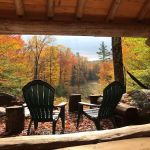 Overlook Lean-to at Adirondack Adventure Base5.0 (23 reviews)
Overlook Lean-to at Adirondack Adventure Base5.0 (23 reviews)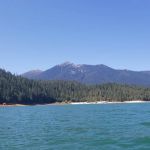 Clark Springs Campground3.0 (16 reviews)
Clark Springs Campground3.0 (16 reviews)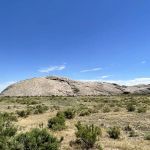 Independence Rock State Historic Site4.0 (389 reviews)
Independence Rock State Historic Site4.0 (389 reviews) Green Granite Inn, Ascend Hotel Collection3.0 (945 reviews)
Green Granite Inn, Ascend Hotel Collection3.0 (945 reviews)Must-Read Camping & Outdoor Blog Posts
Most Searched Japanese Restaurant Sites
Trending Camping & Outdoor Blog Posts
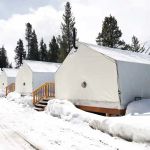 Winter Glamping Retreats in the U.S. You Didn’t Know About
Winter Glamping Retreats in the U.S. You Didn’t Know About Best Family-Friendly Campgrounds with Playgrounds and Kids’ Activities
Best Family-Friendly Campgrounds with Playgrounds and Kids’ Activities Top Family-Friendly Resorts Near Outdoor Adventure Destinations
Top Family-Friendly Resorts Near Outdoor Adventure Destinations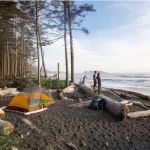 Top-Rated Campgrounds for Exploring National Forests
Top-Rated Campgrounds for Exploring National Forests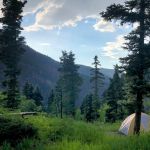 Top-Rated Camping Spots Near Scenic Trails: Explore the Best Outdoor Getaways
Top-Rated Camping Spots Near Scenic Trails: Explore the Best Outdoor Getaways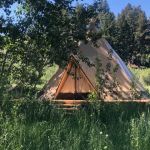 Affordable Luxury Camping Experiences at Top Resorts
Affordable Luxury Camping Experiences at Top Resorts 